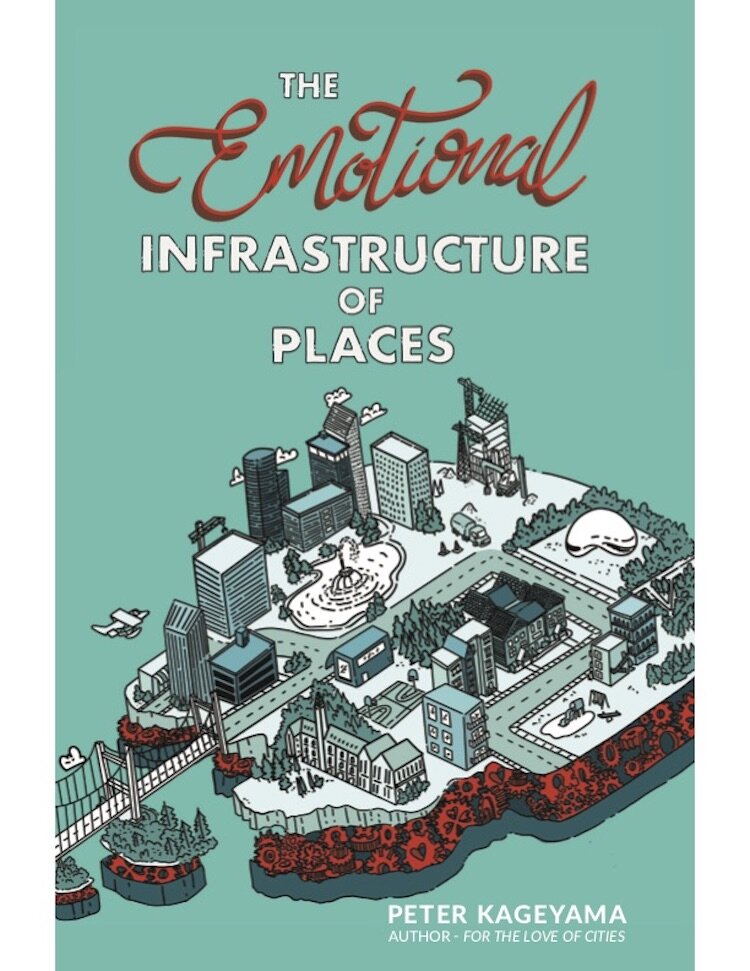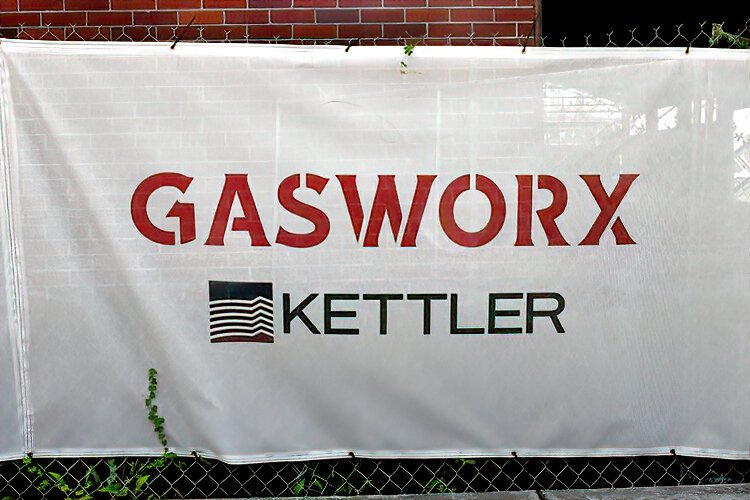Book excerpt: The Emotional Infrastructure of Places by Peter Kageyama
Author Peter Kageyama of St. Petersburg explores the role of emotional infrastructure in building cities and communities where people want to live. Read an excerpt.
Excerpt from The Emotional Infrastructure of Places by Peter Kageyama, published with permission from the author. Kageyama lives in St. Petersburg and is a world traveler, a Senior Fellow with the Alliance for Innovation, a national network of city leaders, and a special advisor to America In Bloom.
As city builders, we are very smart about our design of communities. We have expertly engineered cities to allow for traffic flow, garbage pick up, electrical utilities, and sewers. We have successfully added elements of great design to them; architecture, parks, playgrounds, and public art — though I still believe we incorporate these elements far too late in the process of city-building. Beauty, art, and great design should not be tacked on to the end of a project as an afterthought. I am encouraged by the fact that these elements are no longer considered just ‘nice to have’, but increasingly seen as ‘must-haves.’ We have come a long way in our conversation about placemaking. And I believe that our next steps in placemaking will be to embrace and incorporate emotional awareness, emotional design, and emotional infrastructure into building our cities.
What would it look like if we started with what we wanted people to feel in our cities? Maybe “started” is even too ambitious. What would it look like if we were at least consciously including emotional city building into our practice of placemaking? We would get better projects. We would get more projects that would make people feel something about their cities. This may be a conscious or even unconscious feeling about their place. Most citizens cannot articulate the technical realities of their places. Asked about their cities, they will say parking is a pain in the ass, that there are too many potholes, and that the rents are too high. These are the daily realities we all deal with. Yet there is an emotional story behind each of those complaints and we are not addressing those feelings. We end up solving technical problems without addressing the underlying emotional context of those problems. We may stumble upon a technical solution that addresses an emotional need, but we are far more likely to solve these more complex problems if we are at least thinking about them in a multidimensional way.
I have called my new book “The Emotional Infrastructure of Places” for a reason. While I am known (very happily actually) as the “City Love” guy, I speak not just about cities and towns, but a multitude of communities. When we talk about cities, we are often not talking about whole cities, but about places. Cities are wide-ranging, legal, geographic, political, and demographic constructs. While we all use the term city, what we almost always mean is a place. We cannot know or appreciate the totality of a city, but we know and love or hate places within that construct. Thinking of it this way, placemaking is not just being done at the highest municipal levels, placemaking is happening street by street, neighborhood by neighborhood, and even house to house.
Infrastructure is so much more than roads, bridges, airports, and schools. Infrastructure is all the foundational elements for a common and shared purpose. Infrastructure is literally all around us, like the background music we can easily take for granted. It is both big and small, obvious and subtle — and it needs to be considered in a different way.
Some will look at a bridge and say, “It’s just a bridge,” and I understand the notion of not wanting to overthink something. But here’s the thing — infrastructure tends to last a long time, and over that time, its emergent qualities manifest, for good or ill — and sometimes both. Anything that we will be in proximity to, interact with, and are in a relationship with, needs to be considered through a more holistic and multifaceted lens. That is a high bar and a potentially confusing one; one we may not always clear. But as long as we are thinking about these issues, we will get better at consistently delivering infrastructure that solves its primary goals, does not create additional problems, and may even solve some unlikely challenges along the way.
This book is about making the case to add emotional design and intent to the process of our placemaking and develop emotional infrastructure as an overall framework for our places. What surprises me is that I have been talking and writing about the importance of emotions and falling in love with our places for years now. Yet, I too have focused on the project and its result rather than working backward from the desired result and building elements that support those projects that will, in turn, create that end state. I focused on the end product at the expense of the process. This book flips some of the very foundations I have laid out in the past and hopefully challenges all of us to add another, incredibly important dimension to our practice of placemaking.
For more information, please follow these links:














